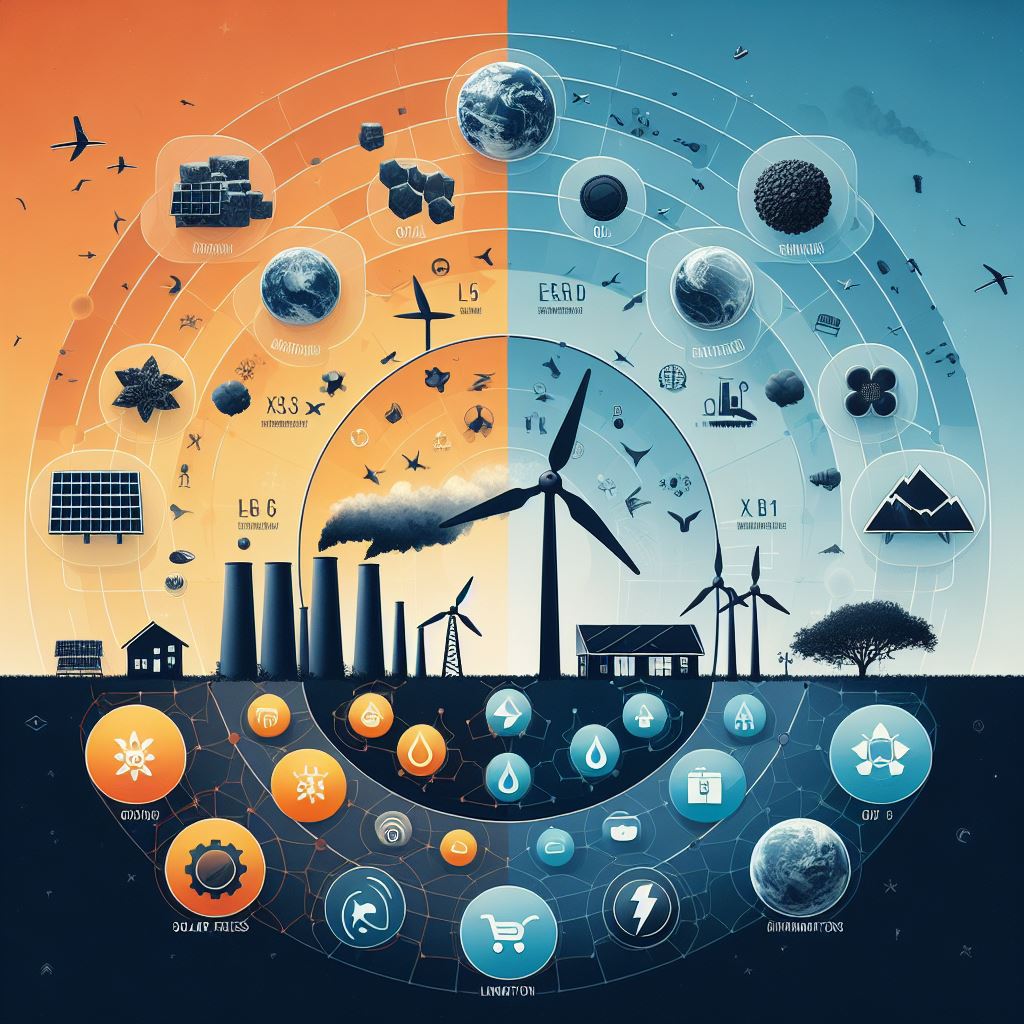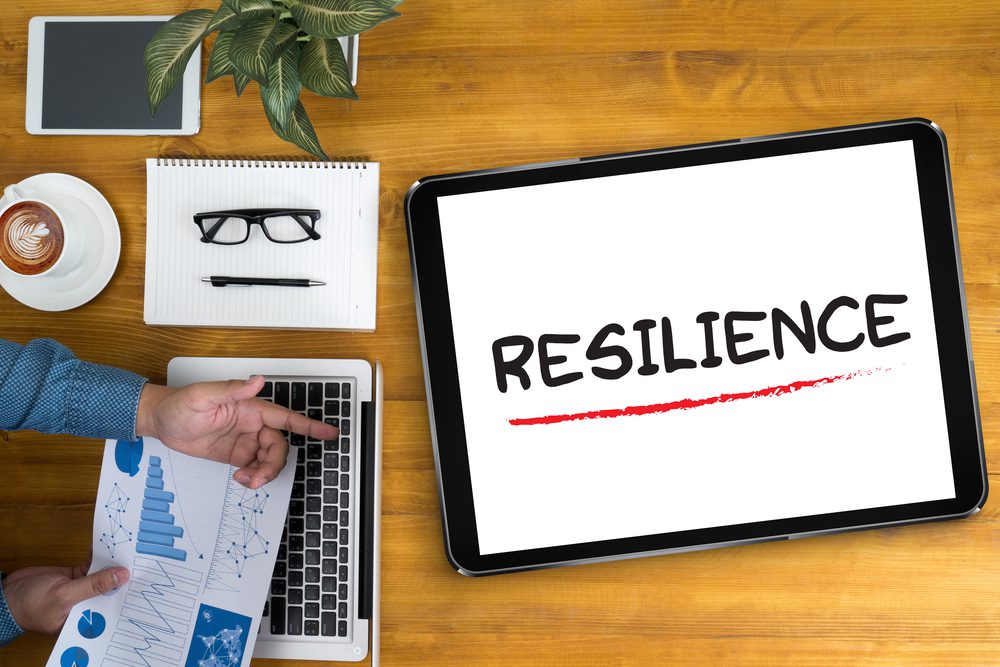Introduction
Los Angeles, a sprawling metropolis that epitomizes urban growth and architectural diversity, is at the vanguard of a crucial endeavor—energy benchmarking. In an era where sustainability is not just a buzzword but a necessity, energy benchmarking emerges as a powerful tool, enabling property owners to play their part in the city’s environmental stewardship. This blog illuminates the concept of energy benchmarking, shedding light on its myriad benefits, and provides a detailed guide for Los Angeles property owners to navigate these waters with confidence and clarity.
Energy Benchmarking: The Basics
What is Energy Benchmarking
At its core, energy benchmarking is the strategic process of measuring a building’s energy consumption and comparing it with that of similar structures. It’s an empirical approach that quantifies energy usage patterns and pinpoints inefficiencies. By embracing this practice, property owners glean actionable insights that pave the way for targeted improvements.
The Benefits of Energy Benchmarking

Delving into the advantages of energy benchmarking reveals a multitude of strategic gains. This analytical tool is instrumental in uncovering inefficiencies that, once addressed, can lead to substantial cost reductions, positively impacting a property’s bottom line. A benchmarked building is a beacon of operational excellence, often boasting enhanced market valuation due to increased desirability among environmentally conscious tenants and buyers.
Moreover, the process itself promotes a healthier indoor environment, contributing to occupants’ well-being. It’s a proactive step towards responsible management, sending a clear message to stakeholders about the owner’s commitment to sustainability and corporate social responsibility.
The Relation Between Energy Benchmarking and Green Buildings
The alignment of energy benchmarking with the principles of green buildings is undeniable. It’s a symbiotic relationship where benchmarking serves as the bedrock for acquiring green building certifications such as LEED, BREEAM, or WELL. These certifications not only validate a building’s environmental performance but also stimulate the integration of sustainable design and operations practices.
Understanding the Los Angeles’ Existing Buildings Energy & Water Efficiency (EBEWE) Program
Introduction to the EBEWE Program
Los Angeles has taken a decisive step towards a sustainable future by implementing the Existing Buildings Energy & Water Efficiency (EBEWE) Program. This initiative targets the city’s vast portfolio of existing structures, seeking to enhance their energy and water efficiency through rigorous monitoring and mandated improvements.
Importance and Impact of EBEWE Program in Los Angeles
The implications of the EBEWE Program are profound and far-reaching. As the second-largest city in the United States, Los Angeles has a substantial ecological footprint. By mandating energy and water efficiency in existing buildings, the EBEWE Program plays a critical role in reducing this footprint, thereby significantly contributing to the reduction of greenhouse gas emissions. The transformation fueled by the EBEWE Program not only fosters environmental resilience but also positions Los Angeles as a global leader in urban sustainability.
Compliance Requirements for the EBEWE Program
Compliance with the EBEWE Program is a legally binding obligation for the relevant property owners. It entails conducting regular energy and water audits to evaluate consumption patterns, implementing required efficiency measures, and submitting annual benchmarking reports. This structured approach ensures that properties are not merely assessed but are progressively optimized for peak performance.
Who Needs to Comply with the EBEWE Program in Los Angeles?
Types of Buildings That Need Compliance
The EBEWE Program casts a wide net, principally encompassing commercial and multifamily residential buildings that boast a significant 20,000 square feet or more in size. These structures stand at the heart of the initiative, bound by the imperative to measure and enhance their energy and water utilization.
Exemptions if Any
While the program is comprehensive, certain exemptions are granted. Buildings that have been constructed recently, those that use minimal energy, or have historical significance might be excluded from the stringent requirements of the EBEWE Program. However, property owners should carefully consult the program’s stipulations or seek expert advice to accurately determine their building’s eligibility for an exemption.
The Energy Benchmarking Process
Overview of Benchmarking Process
Energy benchmarking is a process that demands meticulous attention to detail and a structured approach. It crosses several checkpoints, from data collection and input to performance assessment and reporting, all within a defined framework.
Detailed Step-by-Step Guide on How to Proceed with Energy Benchmarking
Gather Necessary Data
The benchmarking journey commences with the aggregation of data that encapsulates your property’s energy consumption profile. This encompasses all utility bills over a period that reflects the building’s operational characteristics and any other records pertinent to energy utilization.
Use of ENERGY STAR Portfolio Manager
The ENERGY STAR Portfolio Manager stands as the preeminent tool for the task at hand—an online service that aids property owners in inputting their energy data and obtaining a performance score. This score contextualizes energy use by benchmarking it against similar structures nationwide, affording owners a sense of how their property ranks in terms of energy efficiency.
Reporting the Benchmarking Results
Completing the benchmarking journey involves compiling and submitting the gathered data in accordance with the requirements set forth by the EBEWE Program. This step is crucial as it ensures that the benchmarking efforts are formally recognized and documented.
Compliance Deadlines & Penalties
The Important Deadlines for Benchmarking Data Submission
Deadlines for submission of benchmarking data are typically set on an annual basis and are stringent. Property owners must remain vigilant and proactive in adhering to these timelines to maintain compliance with the EBEWE Program’s mandates.
Penalties for Non-compliance
Ignoring the benchmarking requirements set forth by the EBEWE Program can lead to significant financial consequences. The city imposes penalties for non-compliance, which can escalate over time, emphasizing the importance of timeliness and precision in meeting all benchmarking obligations.
The Role of Benchmarking Data in Real Estate Transactions
Influence of Energy Benchmarking on Property Value
Energy benchmarking data is not just a gauge of consumption but an influencer of value perception. A building that showcases superior energy performance inherently possesses an edge in the competitive real estate market, typically commanding higher valuations and attracting a premium clientele.
How Energy Efficiency Affects Leasing and Sales
Operational efficiency resonates with potential occupants and investors. Lower energy costs are a compelling benefit that can sway leasing negotiations and sales decisions, underscoring the tangible impact of energy efficiency on the real estate transaction landscape.
How Energy Benchmarking Impacts Los Angeles
The Economic and Environmental Benefits
Energy benchmarking is a linchpin in Los Angeles’ strategy to achieve economic and environmental benefits. It promotes financial savings, fosters job creation in green industries, and facilitates the city’s progress towards a more sustainable, energy-independent future.
The Role in Achieving Sustainability Goals
As part of a broader sustainability framework, benchmarking is integral to Los Angeles’ commitment to reducing its carbon footprint, conserving natural resources, and fostering a healthier urban ecosystem. It is a strategic lever that propels the city towards the realization of its ambitious environmental objectives.
Energy Benchmarking Assistance and Resources
Available Resources for More Information and Help
To assist property owners in their benchmarking quest, a wealth of resources is available—from detailed guides and instructional workshops to dedicated support channels provided by the city. These resources are designed to streamline the benchmarking process and ensure compliance is as seamless as possible.
Energy Audits and Retro-commissioning Services
For those seeking to elevate their building’s performance, professional energy audits and retro-commissioning services are invaluable. These services offer a deep dive into a property’s energy systems, delivering expertise and recommendations that can dramatically enhance efficiency and reduce operating costs.
Conclusion
The imperative of energy benchmarking within the context of Los Angeles’ environmental strategy cannot be overstated. It is a critical element of the city’s EBEWE Program, reflecting the convergence of regulatory compliance and the pursuit of sustainability. Through diligent adherence to energy benchmarking practices, property owners contribute to a greener, more sustainable Los Angeles, ensuring a legacy of efficient buildings and a commitment to a planet-friendly future. By embarking on this energy benchmarking journey, they not only comply with the present mandates but also pave the way for a more sustainable and economically vibrant tomorrow.
VertPro.com serves as a resourceful platform for property owners and managers seeking to enhance their buildings’ energy efficiency. The site offers a range of services, including Commercial Energy Audits, Benchmark Compliance consultancy, and a Construction Marketplace. At the heart of VertPro® is a suite of SaaS technology-based solutions designed to assist in navigating the complexities of Energy Benchmarking and Energy Audits/RCx Plus, while ensuring adherence to over 60 Energy Benchmarking and Energy Efficiency Laws across the country.
For those looking to improve their property’s energy usage and operational value, VertPro.com provides a diverse array of tools and information. The site aims to facilitate a better understanding of energy efficiency practices and legislation, helping building owners and property managers make informed decisions about their energy strategies while complying with all energy ordinances and laws.
















